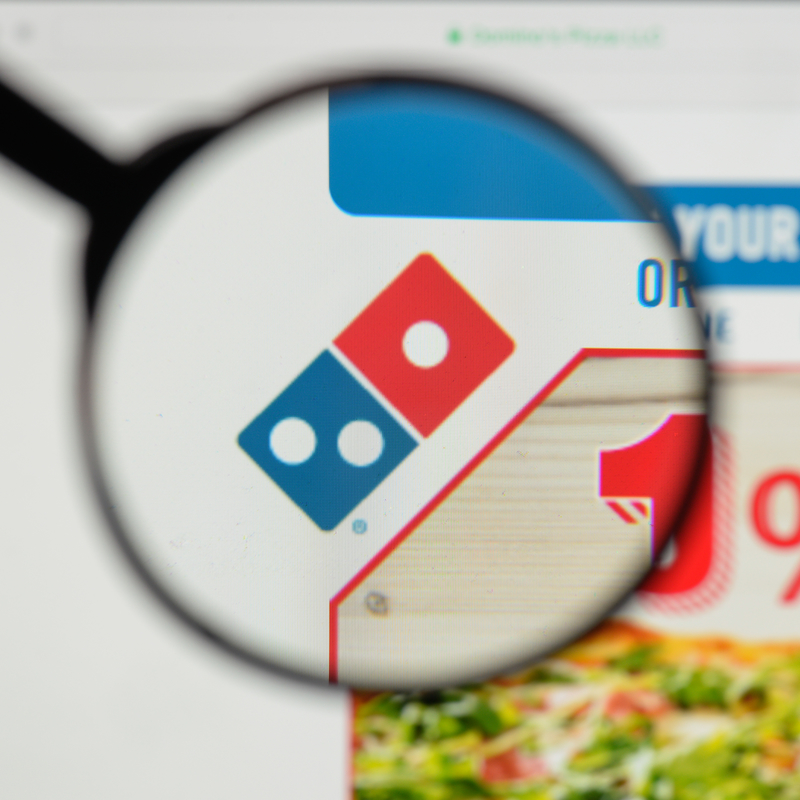A website is one of the most crucial digital assets for every business. Whether you’re running a local business or a global corporation, a website is crucial for promoting and growing your business. It’s also essential for reinforcing your brand identity and reputation.
If you’re like most website developers and entrepreneurs, you’ll focus on making your website visually stunning. You’ll also work hard to publish outstanding content on your website and make it more search engine-friendly.
Amidst this rigmarole, you’ll often end up ignoring a crucial aspect of building a website i.e. web accessibility. Considering that more than 2 billion people in this world experience some form of visual/hearing impairment, cognitive/intellectual disorders, or mobility-related issues, it’s crucial to make your website accessible.
Also, web accessibility isn’t just essential from a moral or social standpoint. With the rising number of web accessibility lawsuits, it’s become apparent that ensuring accessibility of your digital assets is legally mandatory. Various established and globally renowned brands, including Domino’s Pizza, have had to learn this lesson the hard way.
In this blog, we’ll delve deeper into the Robles vs. Domino’s Pizza case, one of the defining web accessibility lawsuits in recent years. We’ll also explore the key lessons business owners can learn from this case. Let’s get started.
Robles vs. Domino’s Pizza: A Closer Look

It all started in 2016 when a San Francisco based blind man named Guillermo Robles was unable to order a pizza from Domino’s website and mobile app even though he was using a screen reader.
Robles filed a lawsuit against the pizza giant in the District Court in San Francisco claiming that the company’s inability to make its website and mobile app accessible was a violation of Title III of the Americans with Disabilities Act (ADA).
It brought into the spotlight the ongoing confusion regarding web accessibility. Title III of the ADA legally mandates businesses with physical locations to make suitable accommodations to make their premises accessible to people suffering from any form of physical, sensory, or cognitive disabilities.
However, the law doesn’t specify whether it’s applicable to an organization’s digital assets, such as its website and mobile application. Consequently, the Robles vs. Domino’s case was initially dismissed by the District Court.
However, Robles later appealed to the 9th Circuit Court of Appeals to allow the lawsuit to proceed. The 9th Circuit Court rejected the dismissal of the case and remanded the case back for hearing at the District Court.
The 9th Circuit Court argued that by failing to make its website and app accessible, Domino’s was indirectly depriving differently-abled consumers of the ability to purchase its products from its physical locations.
This, in turn, led Domino’s to appeal the 9th Circuit Court’s decision by petitioning for a Writ of Certiorari hearing with the U.S. Supreme Court. Unfortunately for the company, the Supreme Court decided against hearing the petition, thereby reinstating the 9th Circuit Court’s decision to let the case proceed.
Key Learnings: Why Web Accessibility Matters

The rulings of the Supreme Court and the 9th Circuit Court regarding the Robles vs. Domino’s case highlight that an organization’s website and mobile app are considered as an extension of its physical location. Therefore, failure to make these digital assets accessible would violate the ADA.
It is, therefore, legally mandatory for businesses to make their websites accessible to differently-abled users. Otherwise, you’d have to prepare for an influx of web accessibility lawsuits from disgruntled consumers.
It’s worth mentioning here that ensuring website accessibility doesn’t just protect your business from legal ramifications. It also goes a long way to enhance the overall user experience and helps your website attract more potential customers. It can go a long way to reinforce customer trust and brand reputation as well.
How to Make Your Website Accessible?

To begin with, you need to understand the struggles differently-abled consumers experience while browsing a website. For instance, people suffering from partial or severe visual impairment can’t access your website without a screen reader.
A screen reader is a type of software that scans your website and reads the content aloud to help users with visual impairment scroll through your website. Likewise, people with mobility issues may not be able to use a mouse to navigate your website. Instead, they’d prefer to use the navigation keys on a keyboard for this purpose.
While the ADA doesn’t outline how businesses can make their websites accessible, the World Wide Web Consortium has formulated the Web Content Accessibility Guidelines (WCAG) 2.1 for the same. You must ensure that your website is compliant with ADA and WCAG 2.1 to at least the AA level.
Making your website accessible involves various modifications, such as implementing keyboard friendly navigation, adjusting the contrast ratio and color palette, as well as providing alternative text for images. This, in turn, means you might have to hire an experienced developer to change your website’s source code.
We understand that if you have a small or medium-sized enterprise, investing twice on a website might seem extravagant. But thanks to AI and machine learning, you can take advantage of intelligent solutions created by modern web accessibility start-ups like accessiBe.
You just have to copy a line of code and paste it into your website’s source code. Thereafter, accessiBe’s AI-driven accessibility platform makes suitable modifications to your website to make sure it complies with the ADA and WCAG 2.1. Also, it scans your website for new content and ensures that it’s compatible with assistive technology.
Ensuring web accessibility is just as crucial as making your website visually appealing. Apart from complying with the ADA, it also helps you reach out to target consumers who are suffering from some form of disability. It’ll give you an edge over your competitors and establish your brand as one that values its customers.
What measures are you implementing to ensure web accessibility? Share your suggestions in the comments section below.














